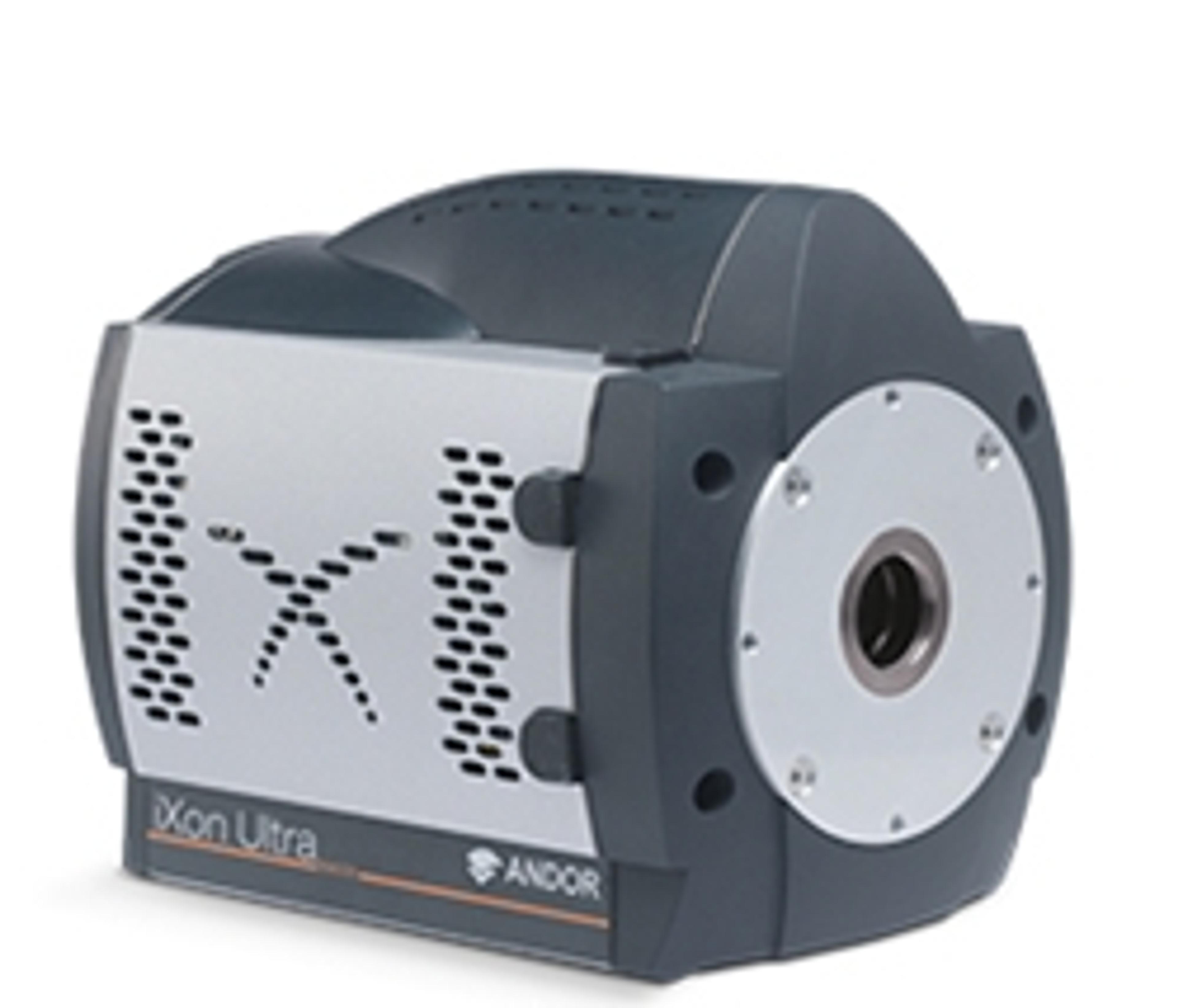Discussing the Pros and Cons in Super-Resolution Imaging Techniques
28 Feb 2019Super-resolution microscopy™, also called nasoscopy, allows for observation of fluorescent samples at resolutions below the limit the diffraction of light imposes on any optical microscope. This limit, defined by Abbe, is at best ~200 nm laterally and ~500 nm axially, which is well above the resolution necessary to discriminate between different single molecules, or even an ensemble of molecules within a cellular compartment. Super-resolution approaches, by breaking this diffraction barrier, are therefore extremely helpful for the visualization of structural organization and the quantification of dynamic processes down to the molecular level. Applications include the study of membrane nanostructure, protein aggregation, nuclear machinery, molecular architecture of cell-cell interface, and synaptic transmission.

